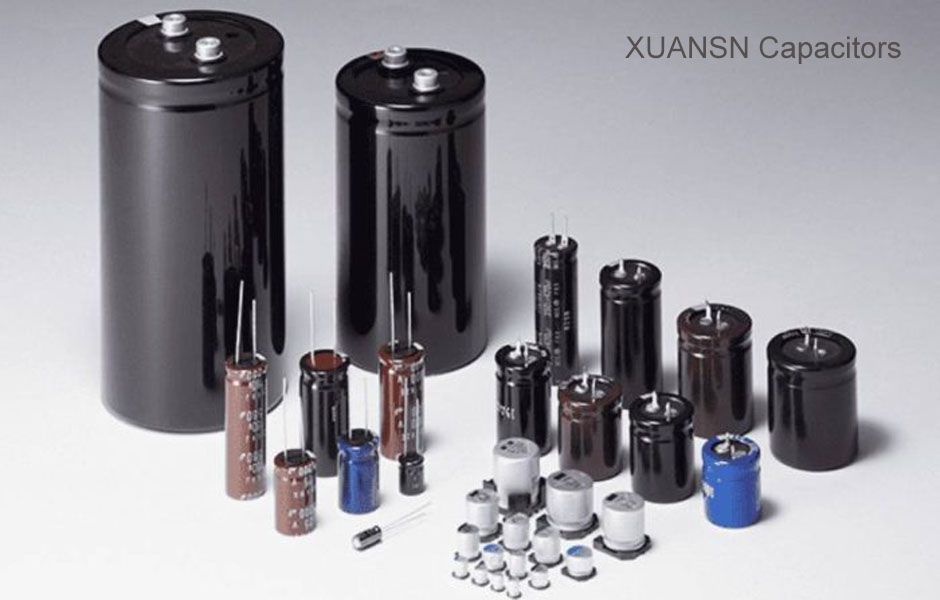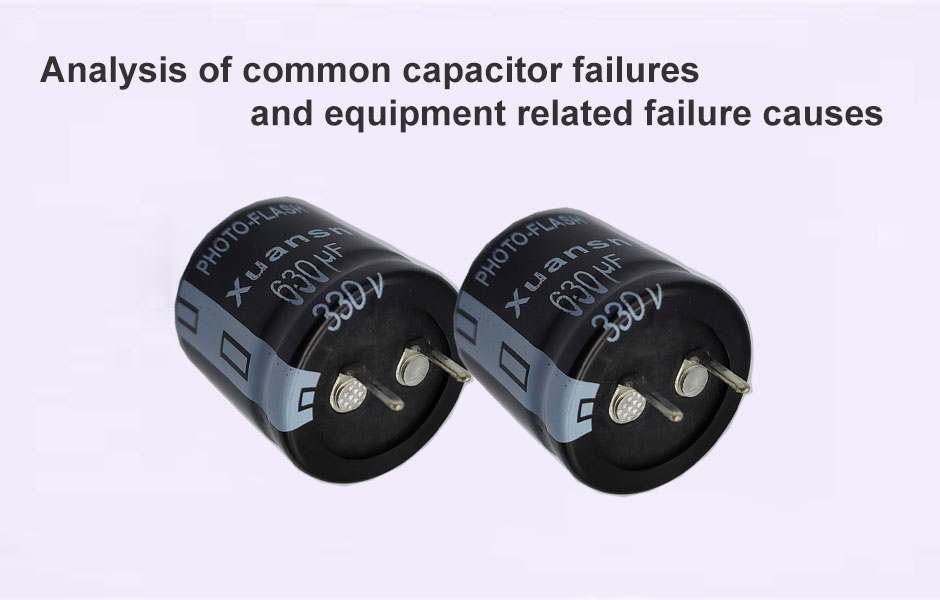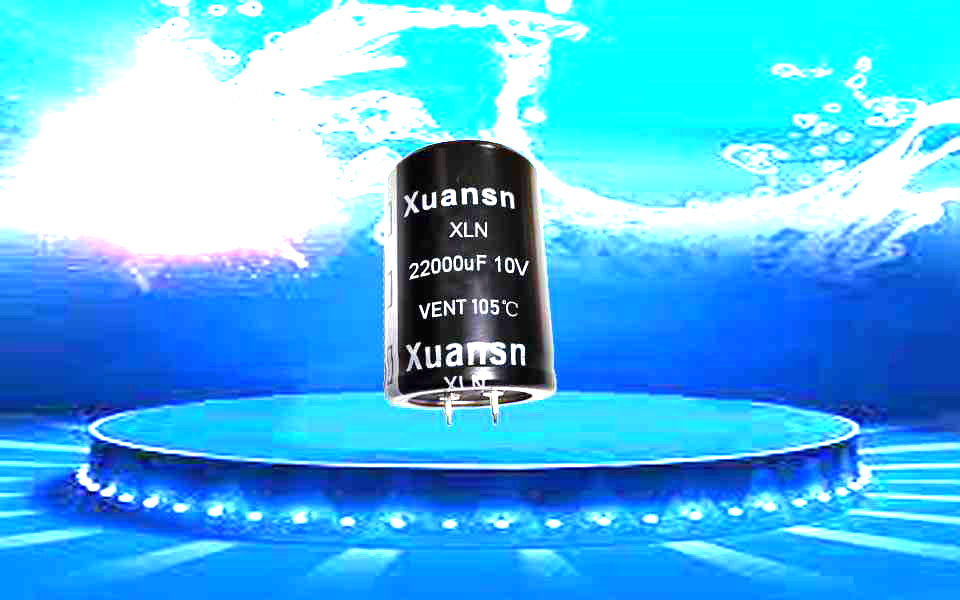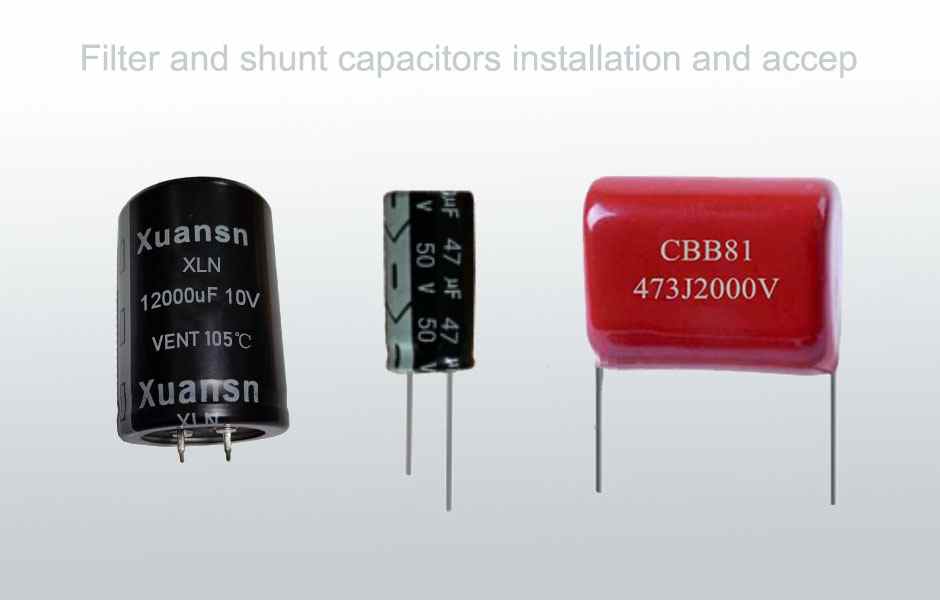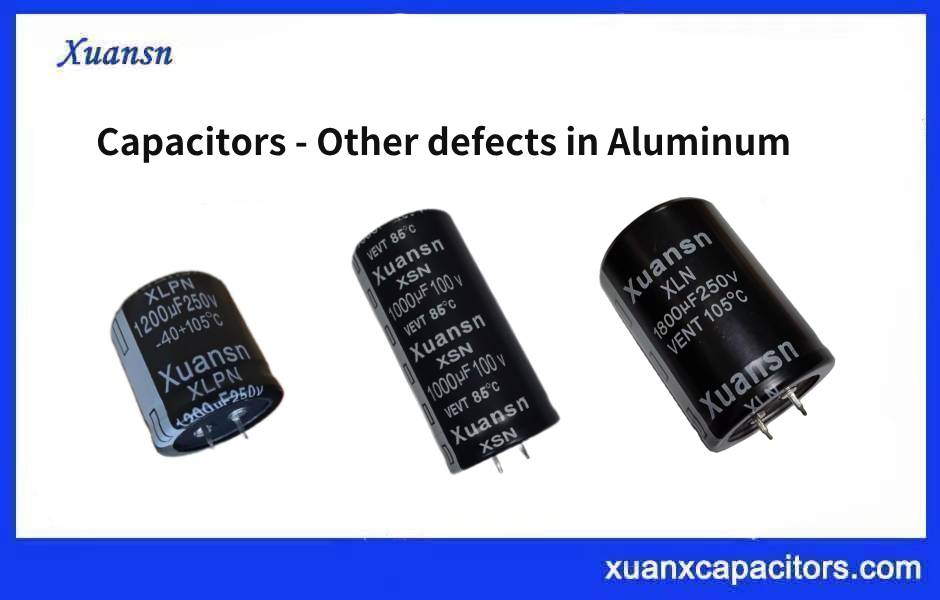The basic principle of supercapacitors is the same as other types of electric double-layer capacitors. They all use the electric double-layer structure composed of activated carbon porous electrodes and electrolyte to obtain a large capacity. The advantages of super capacitors have the following points:
1. A farad-level capacitance in a small volume;
2. No special charging circuit and control discharge circuit are required;
3. Compared with the battery, overcharge and overdischarge will not have a negative impact on its life;
4. From the perspective of environmental protection, it is a green energy source;
5. The super capacitor can be welded, so there are no problems such as weak battery contact;
The commonality of all supercapacitors is that they contain a positive electrode, a negative electrode, and a separator between the two electrodes. The electrolyte fills the two pores separated by the two electrodes and the separator.
The structure of a supercapacitor is composed of a porous electrode material with a high specific surface area, a current collector, a porous battery separator and an electrolyte. The electrode material and the current collector should be closely connected to reduce the contact resistance; the diaphragm should meet the conditions of having the highest possible ionic conductivity and the lowest possible electronic conductivity, generally a fiber-structured electronic insulating material, such as polypropylene film .
